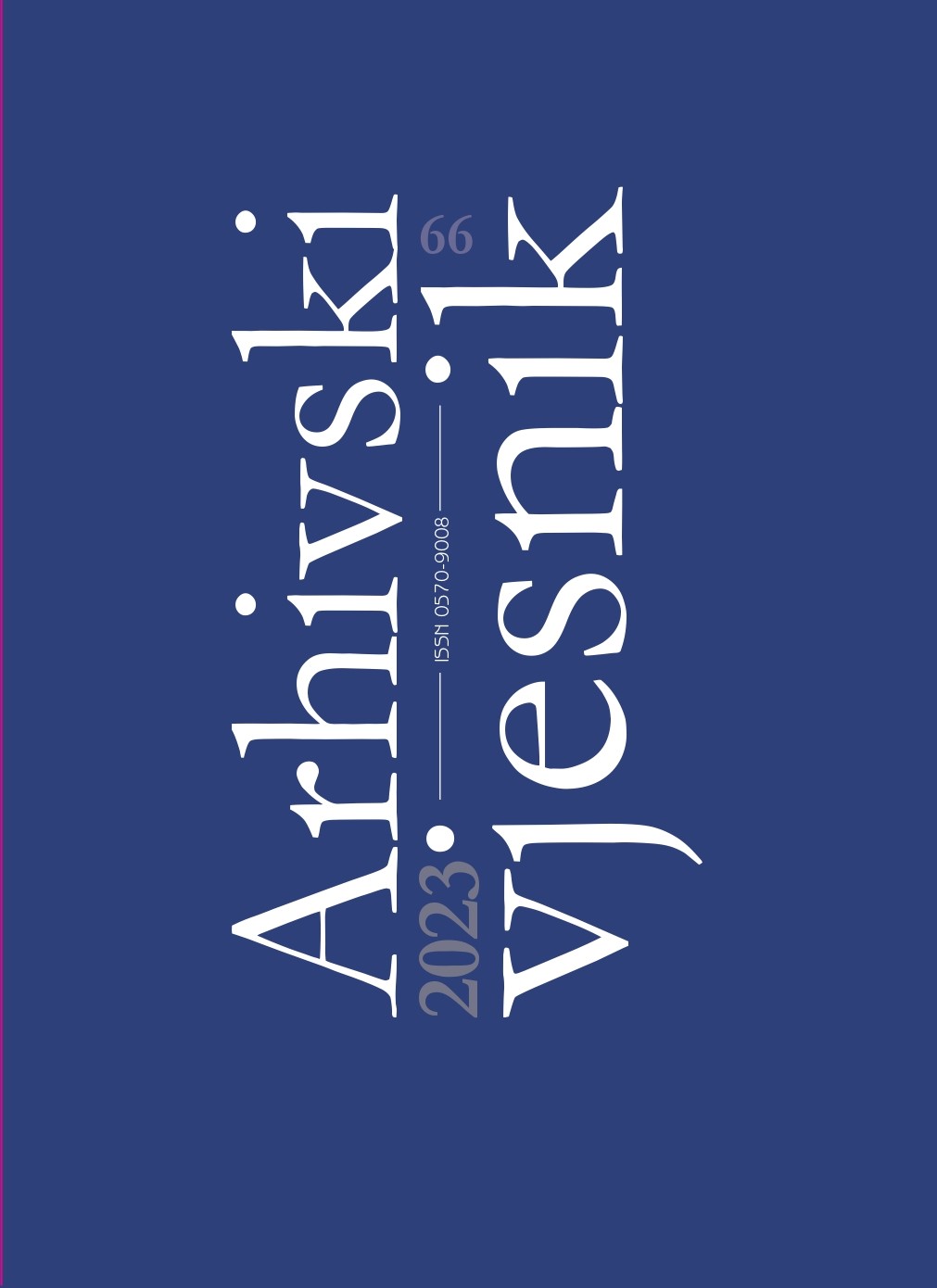The Organizational Structure and the Functions of the Trade Union Organizations in Croatia from 1945 to 1990
DOI:
https://doi.org/10.36506/av.66.12Keywords:
trade union, organizationa structure of trade unions, statutes, functions of trade unions, communismAbstract
Establishment of trade unions in post-World War II Yugoslavia started taking its shape even before the War’s end. In January 1945 the first temporary statute of the organization was adopted, and it had laid out the foundations of the trade union organization for the following forty five years. Trade unions in Yugoslavia were organized both on territorial and industrial principle. On both principles trade union subsidiary (from 1974 called elementary trade union organization) was the basis of organizing. It had superior industrial and territorial organizations on all levels, from local to regional, republic and federal. The hierarchical organization of the Federation of Trade Unions of Yugoslavia (which was the official name of the organization from 1948) only went through minor changes that followed the changes in political-territorial division of the country. Also, functions and tasks assigned to trade union organizations in 1945 had gone through more or less significant changes along the lines of transformations of Yugoslav socio-political system. This was most notably apparent with the introduction of self-management in 1950 and the constitutional changes of 1974, which gave the crucial role to the elementary and to some extent communal trade union organizations in the modified socio-political system, especially in the context of associated labour legislature.


